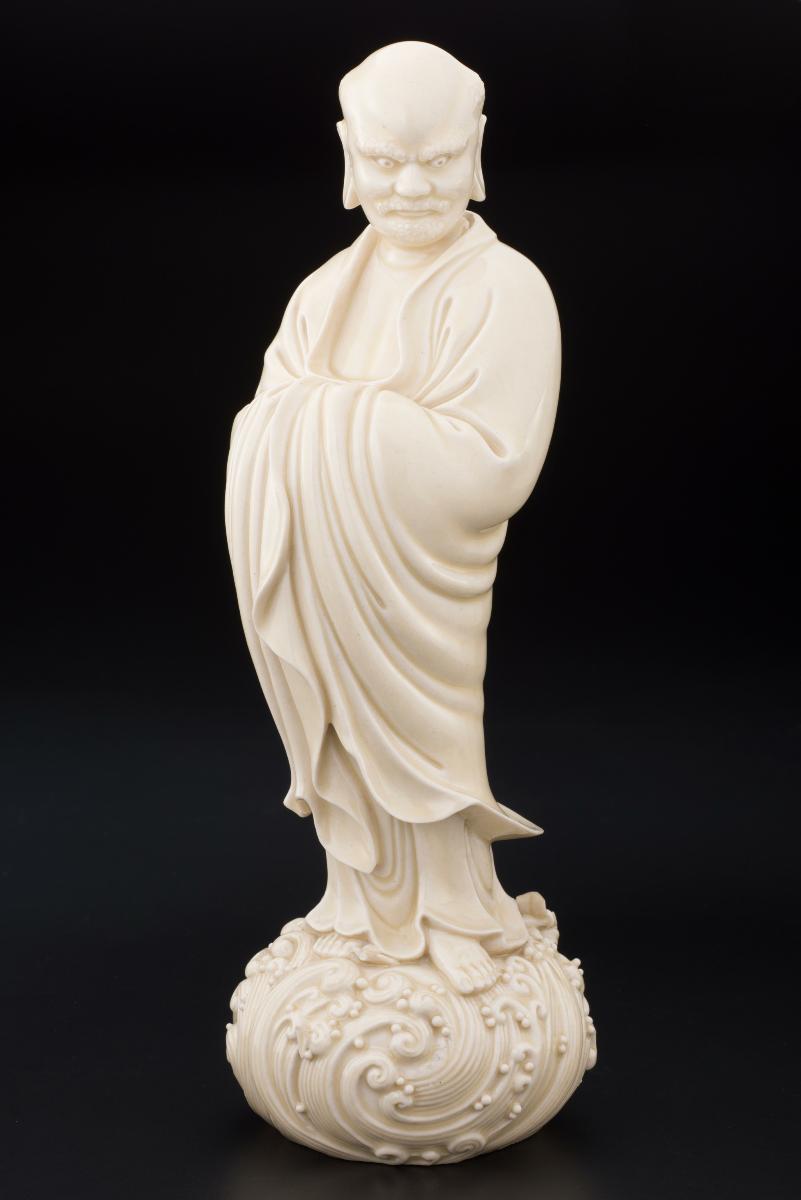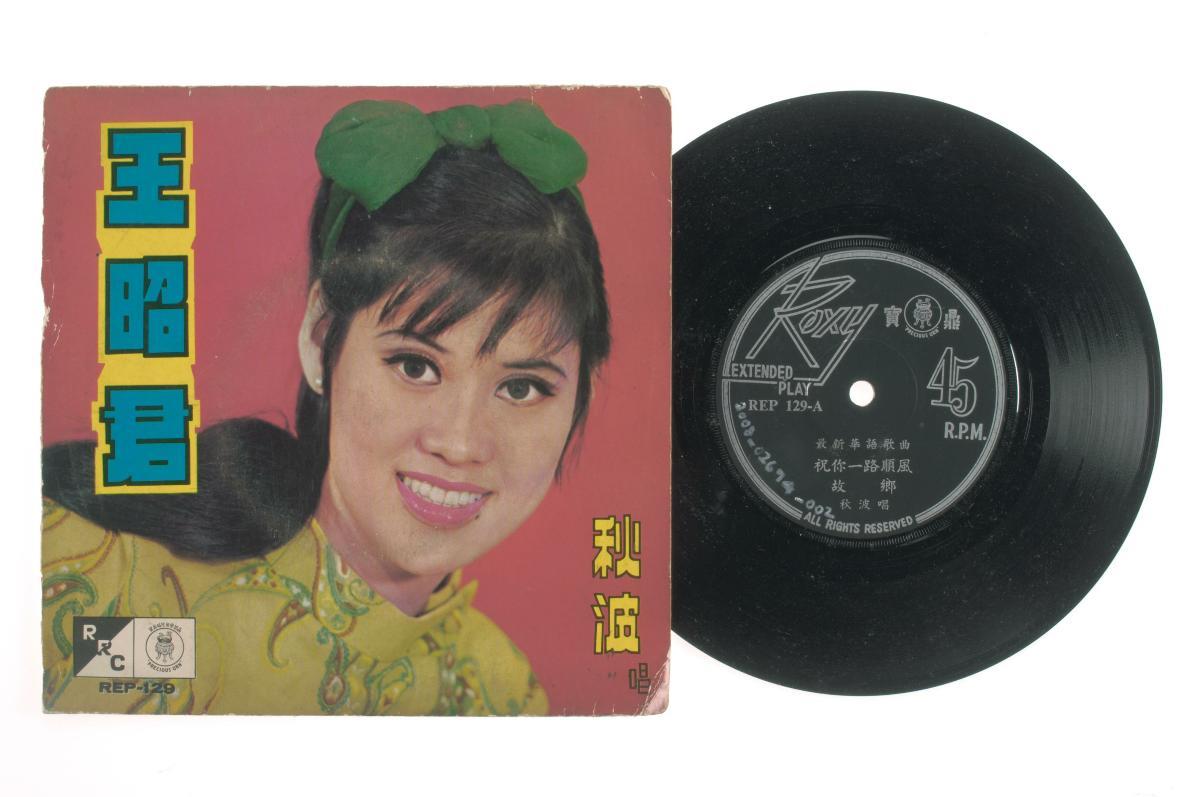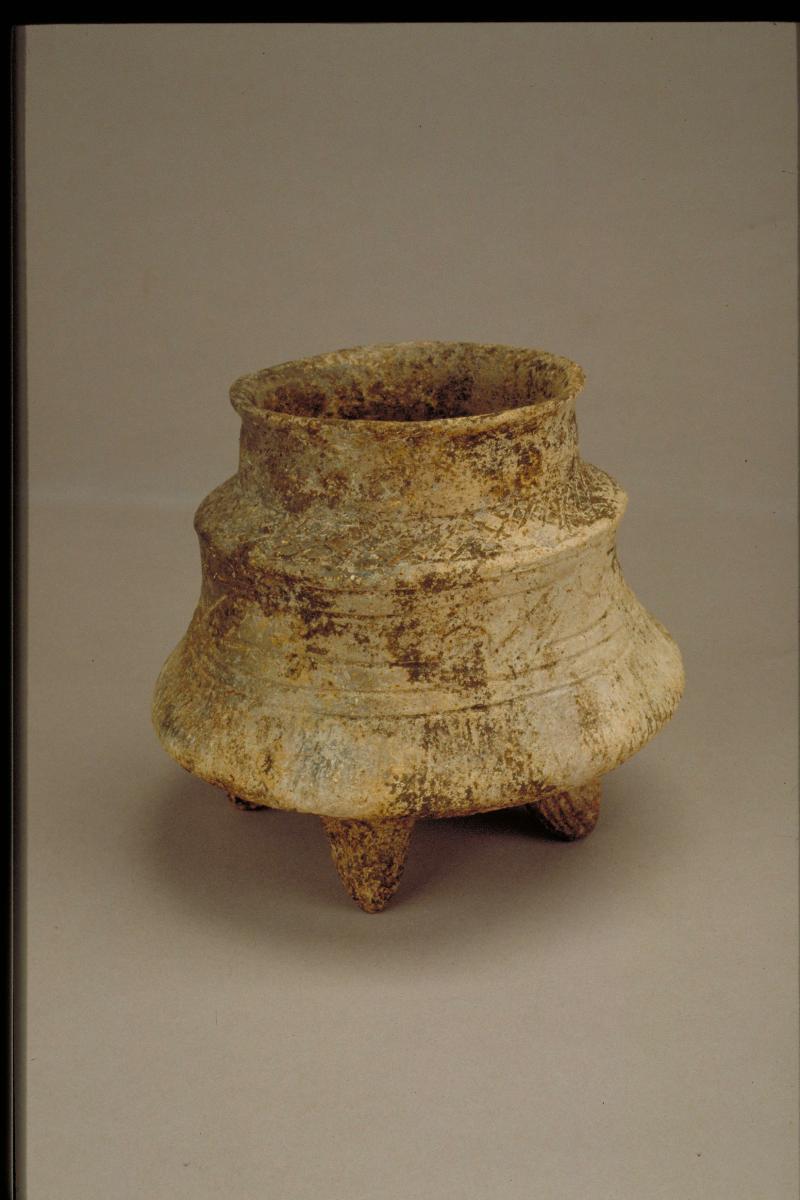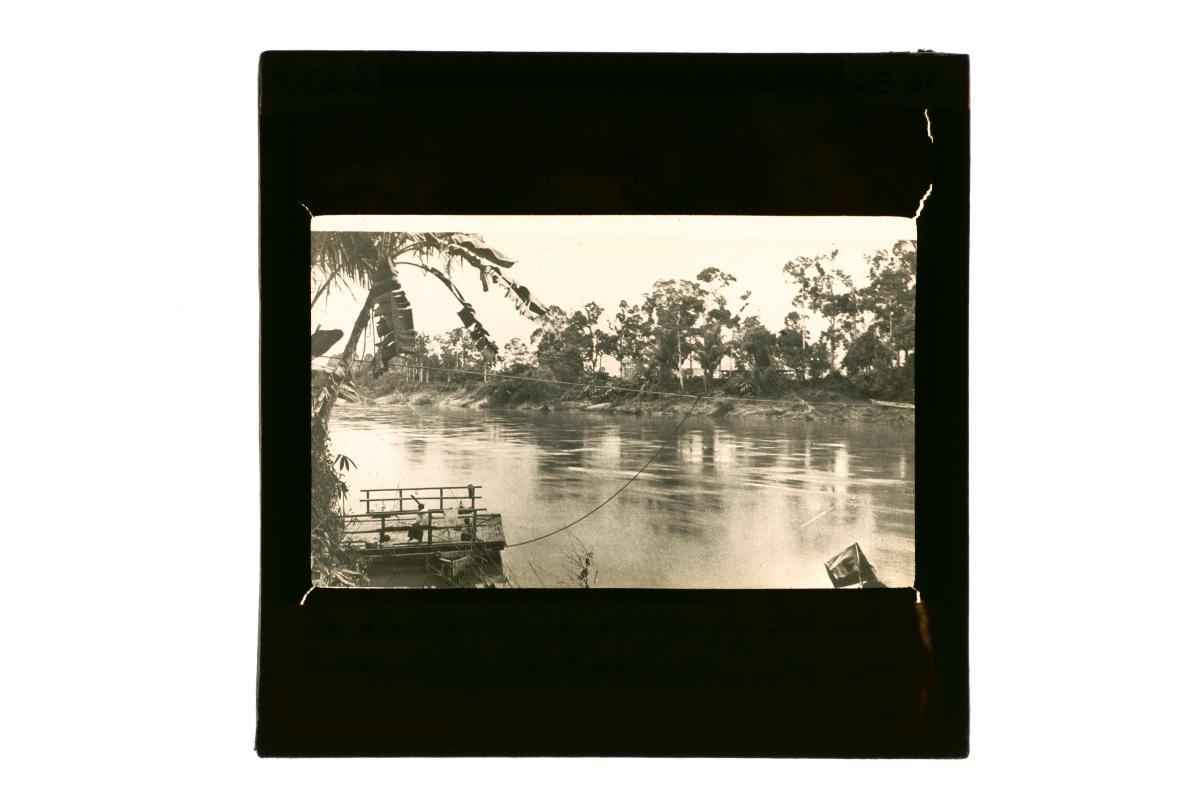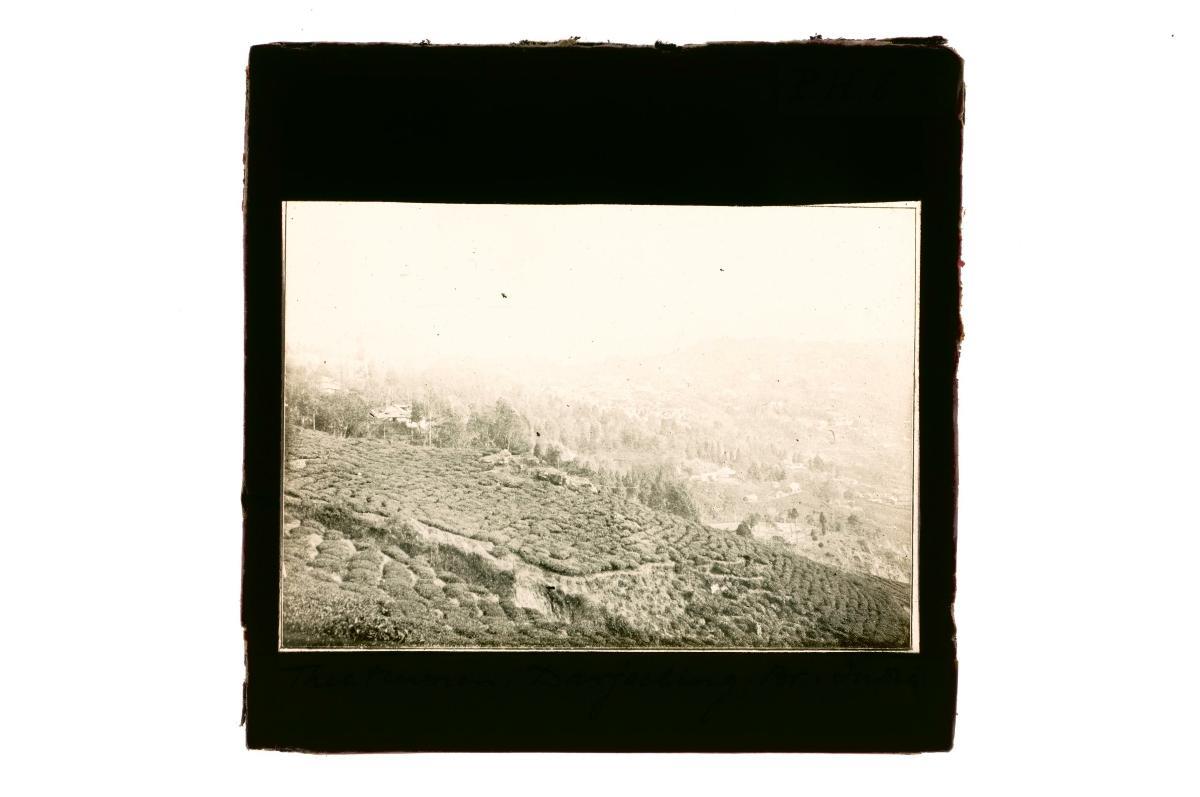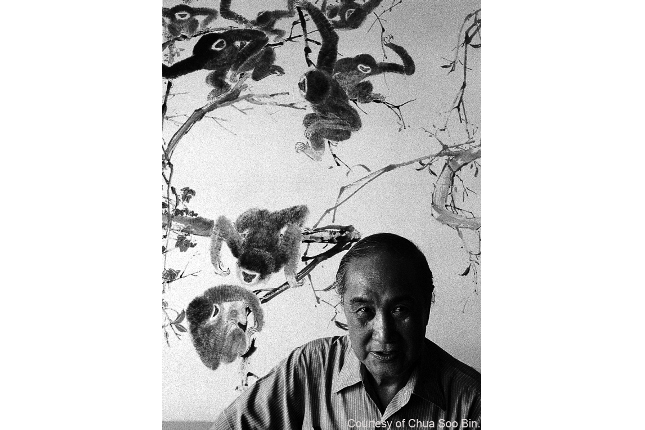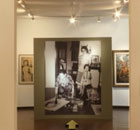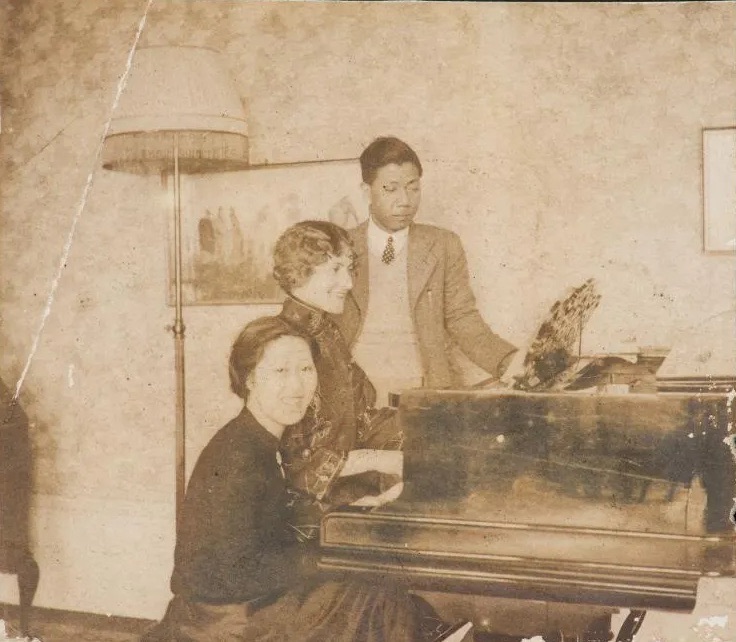This large figure of Da Mo (or Bodhidharma), the Indian monk who founded Chan Buddhism in China, is depicted standing on a reed (broken) on the back of foaming waves crossing the Yangzi River on his journey to Luoyang, the capital of the Wei kingdom. The unusual treatment of the hair, which has been ring-stamped to produce a texture in imitation of hair curls, a heavy yellowish-green glaze and speckled impurities in the body, have raised questions about the date of this piece. There were two popular episodes in this monk’s life that were depicted in plays of the Qing dynasty (1644-1911). One was of his crossing the Yangzi on a reed and the other was about his travels to the Western Paradise holding one shoe. These were also favourites with the Dehua potters and occasionally the two episodes were combined.Dehua, located on the southeast coast of Fujian province, is well known for its production of white porcelain, known to Europeans as 'blanc de Chine'. The earliest Dehua porcelain was produced as early as the 14th century but the production and quality of these porcelain peaked around the 17th and 18th centuries.




